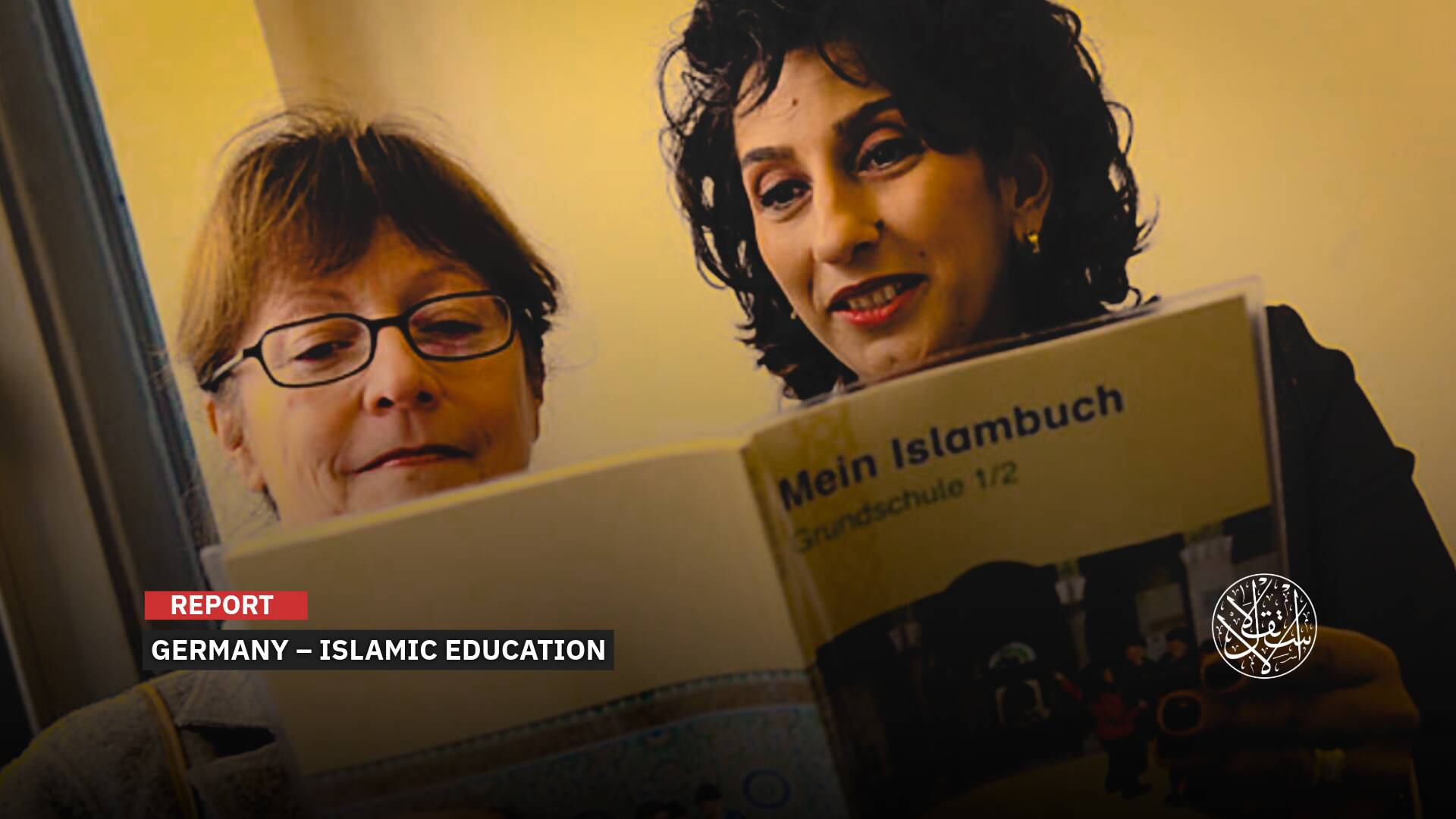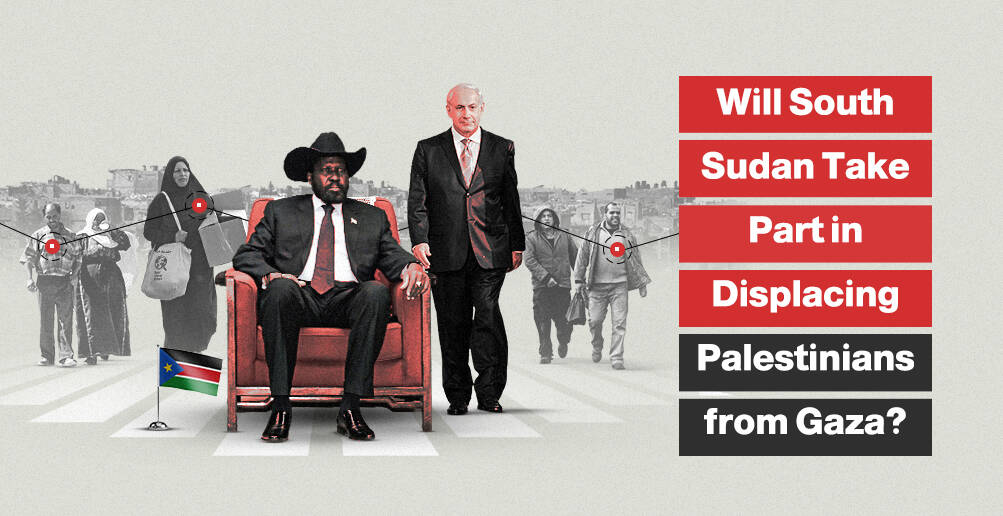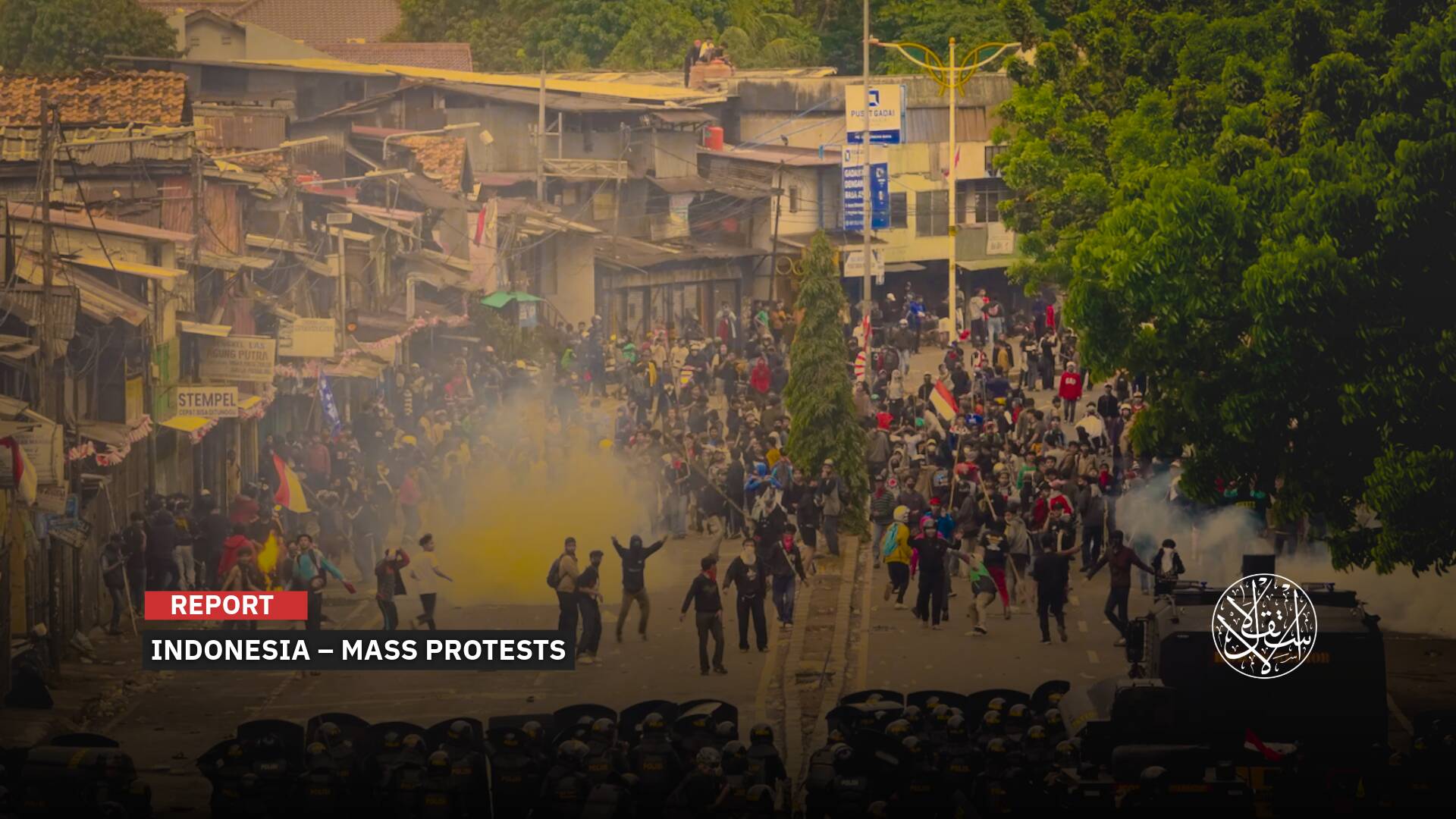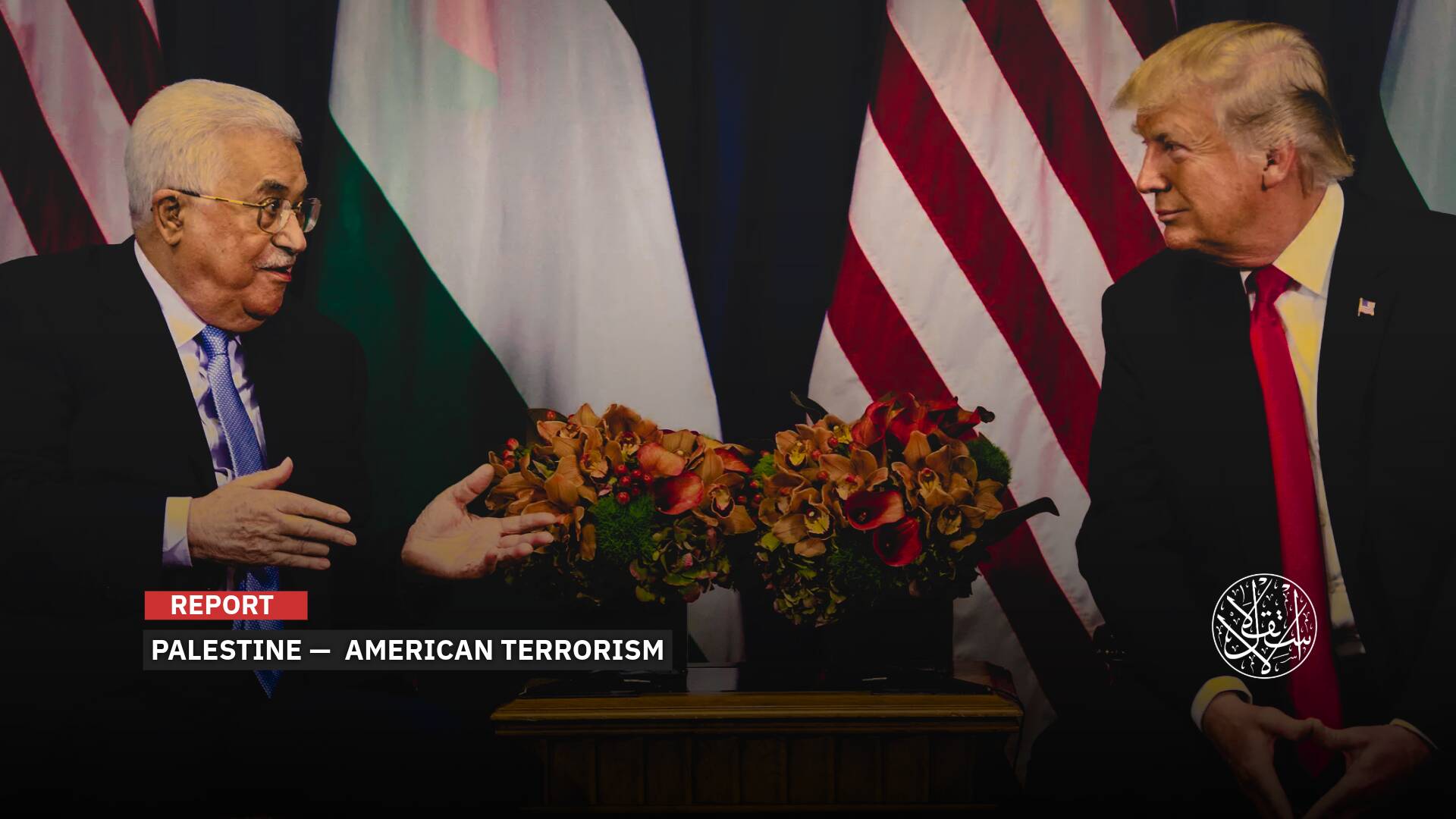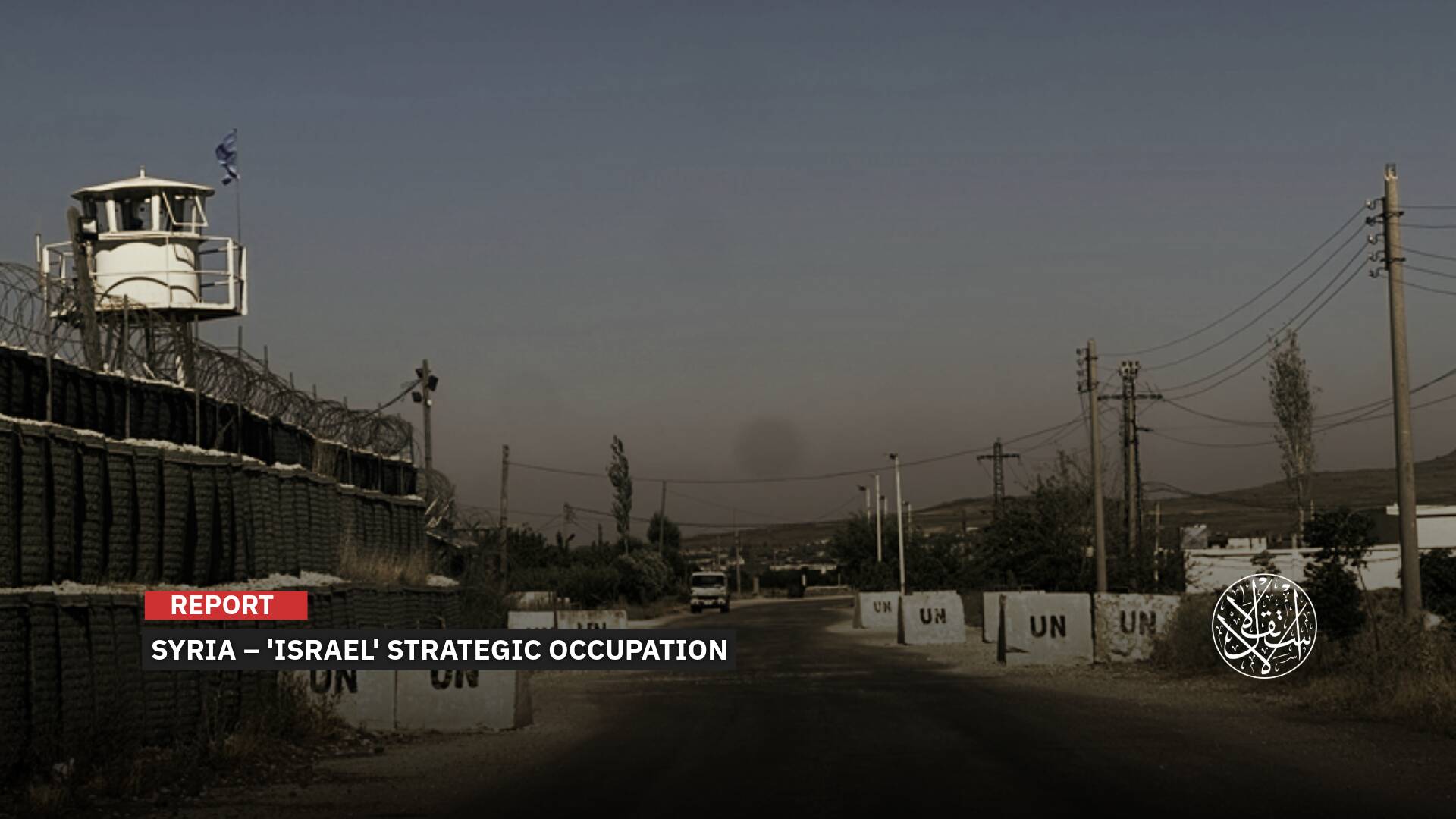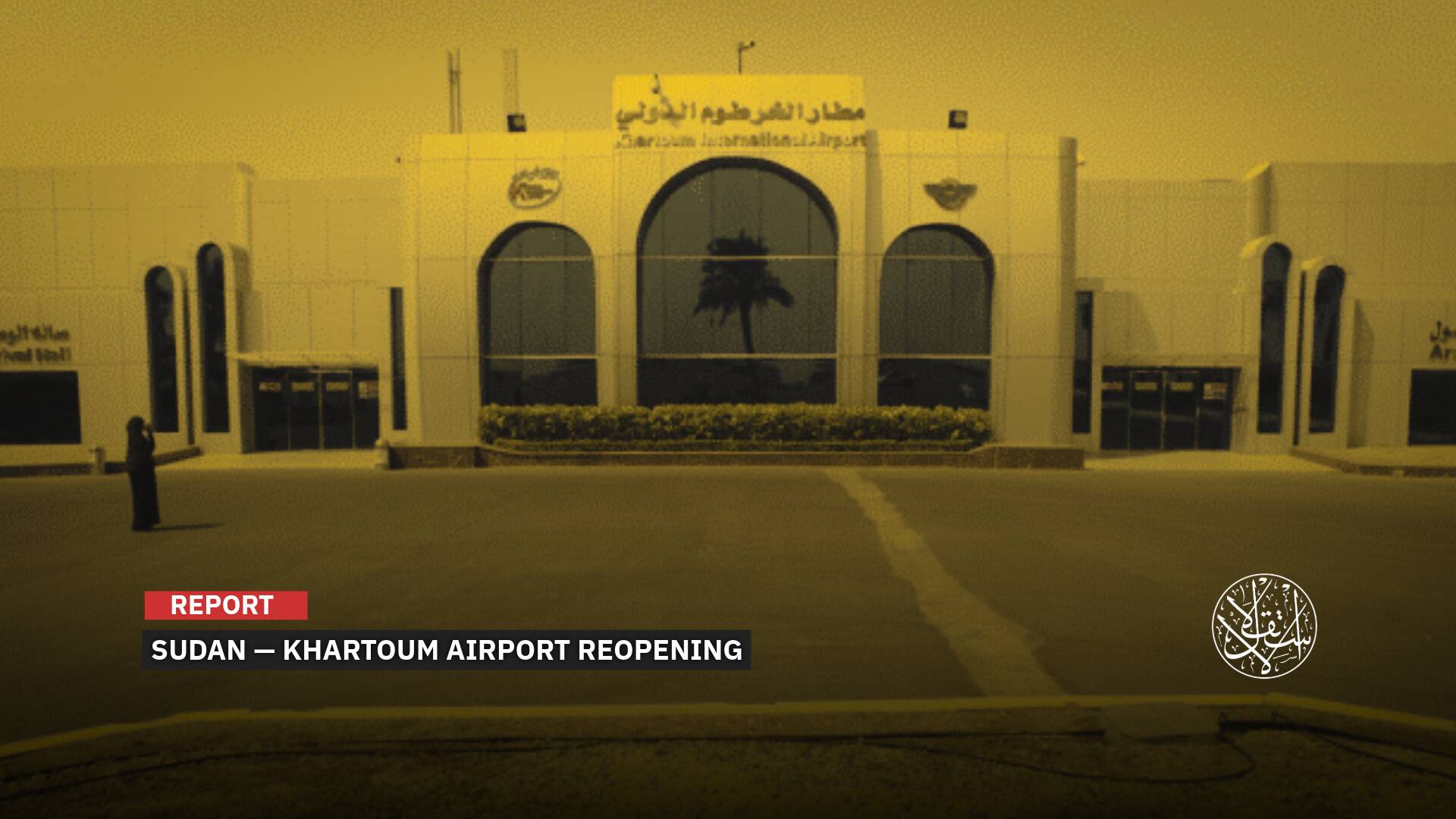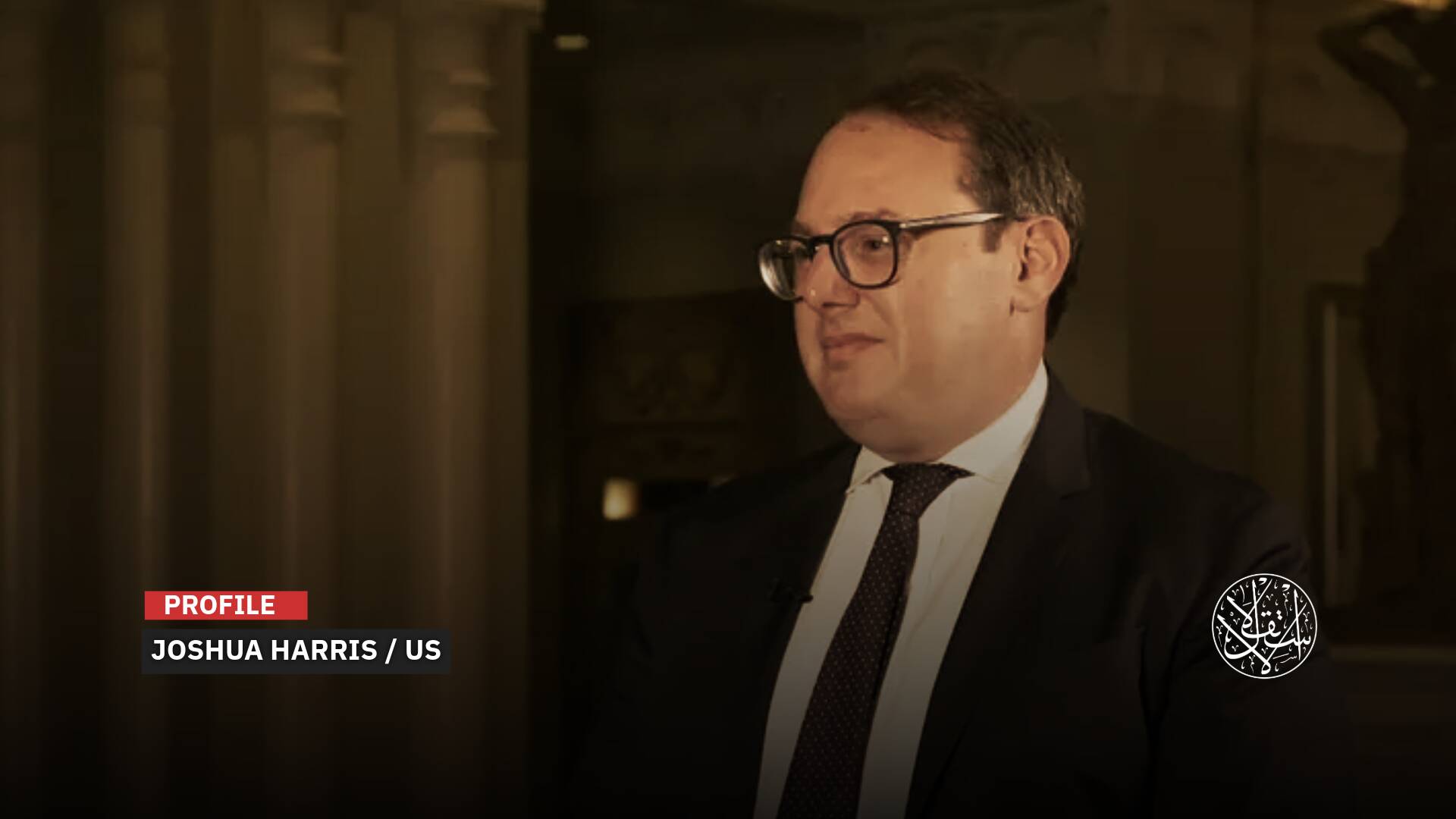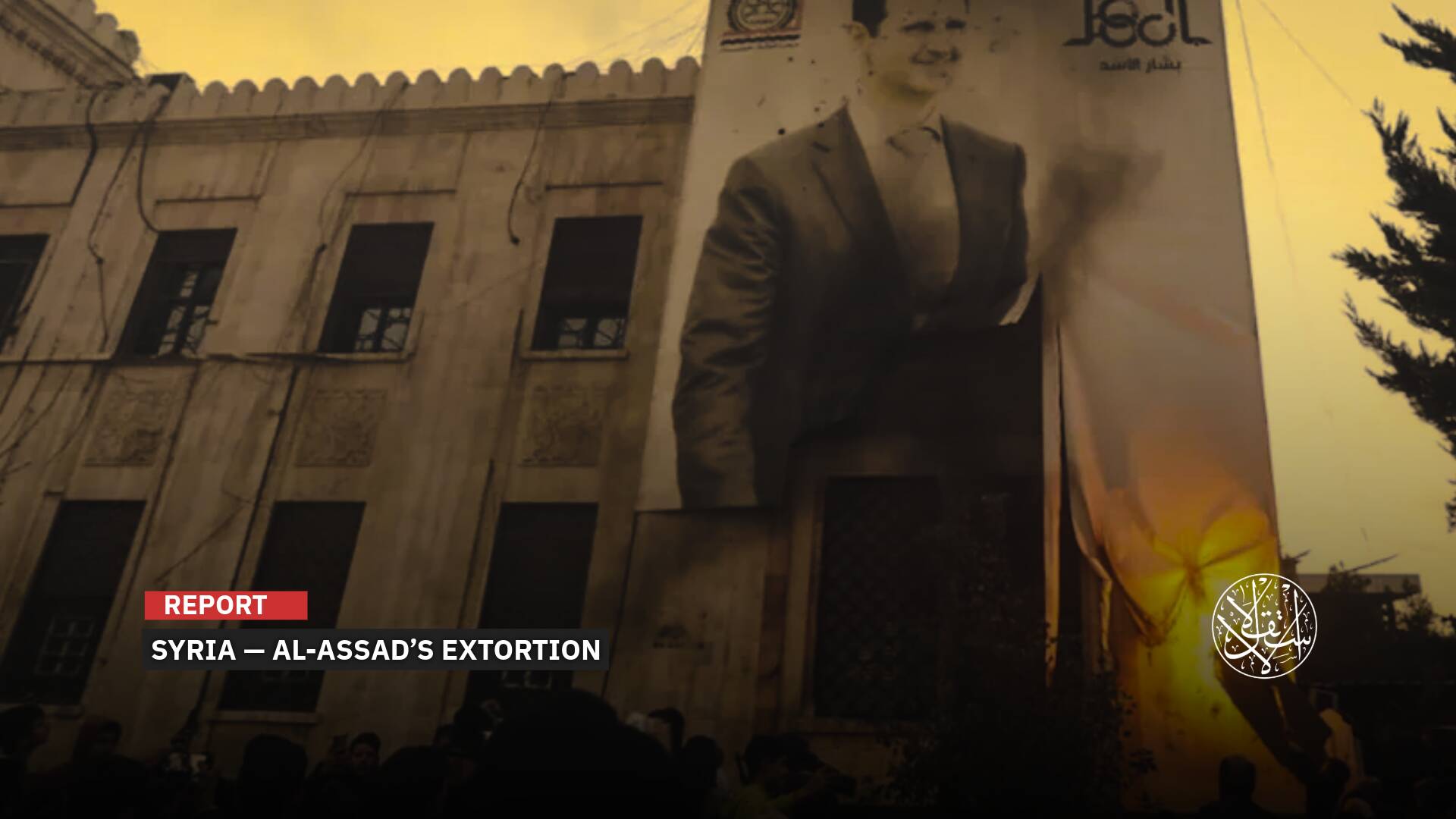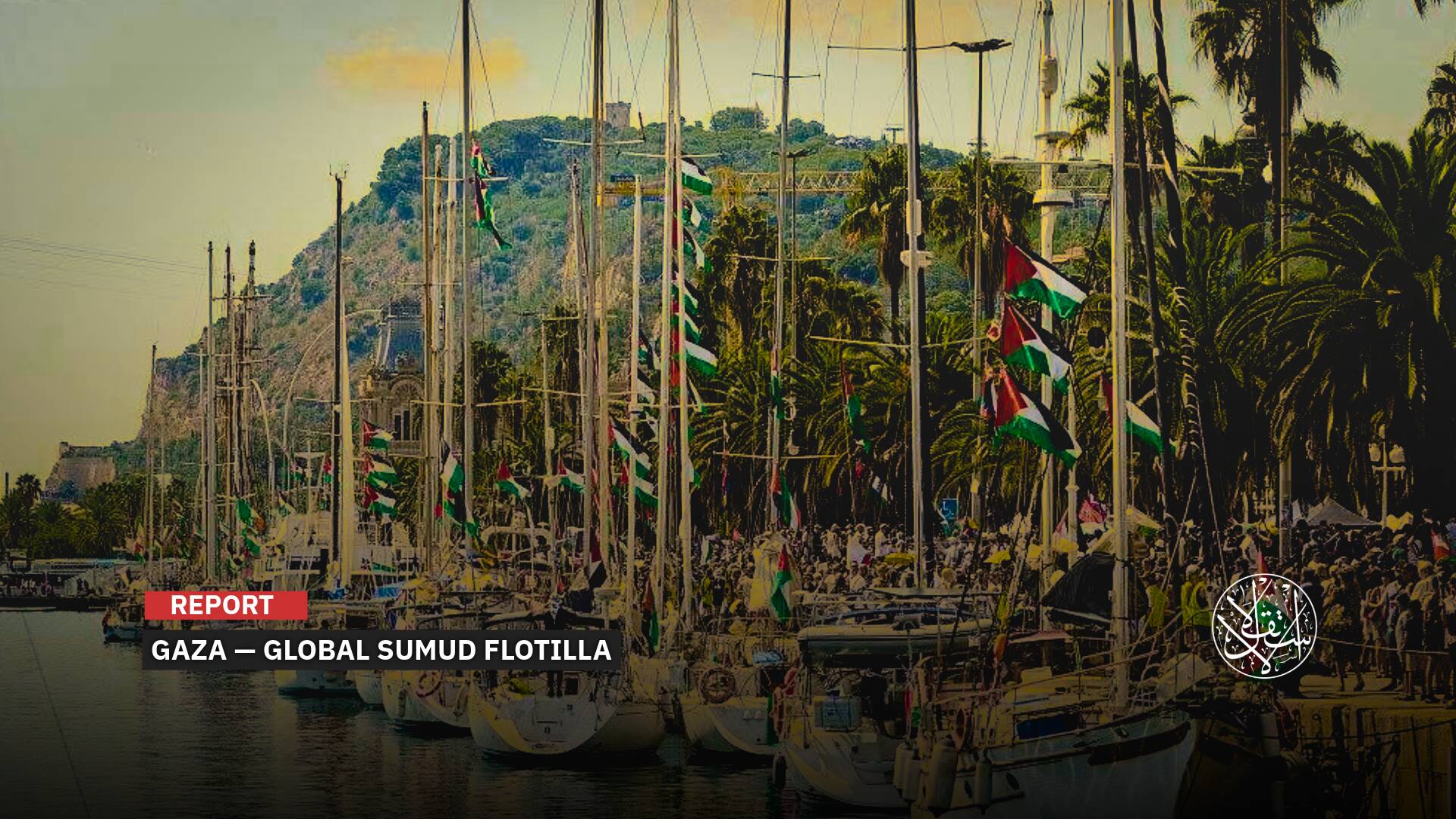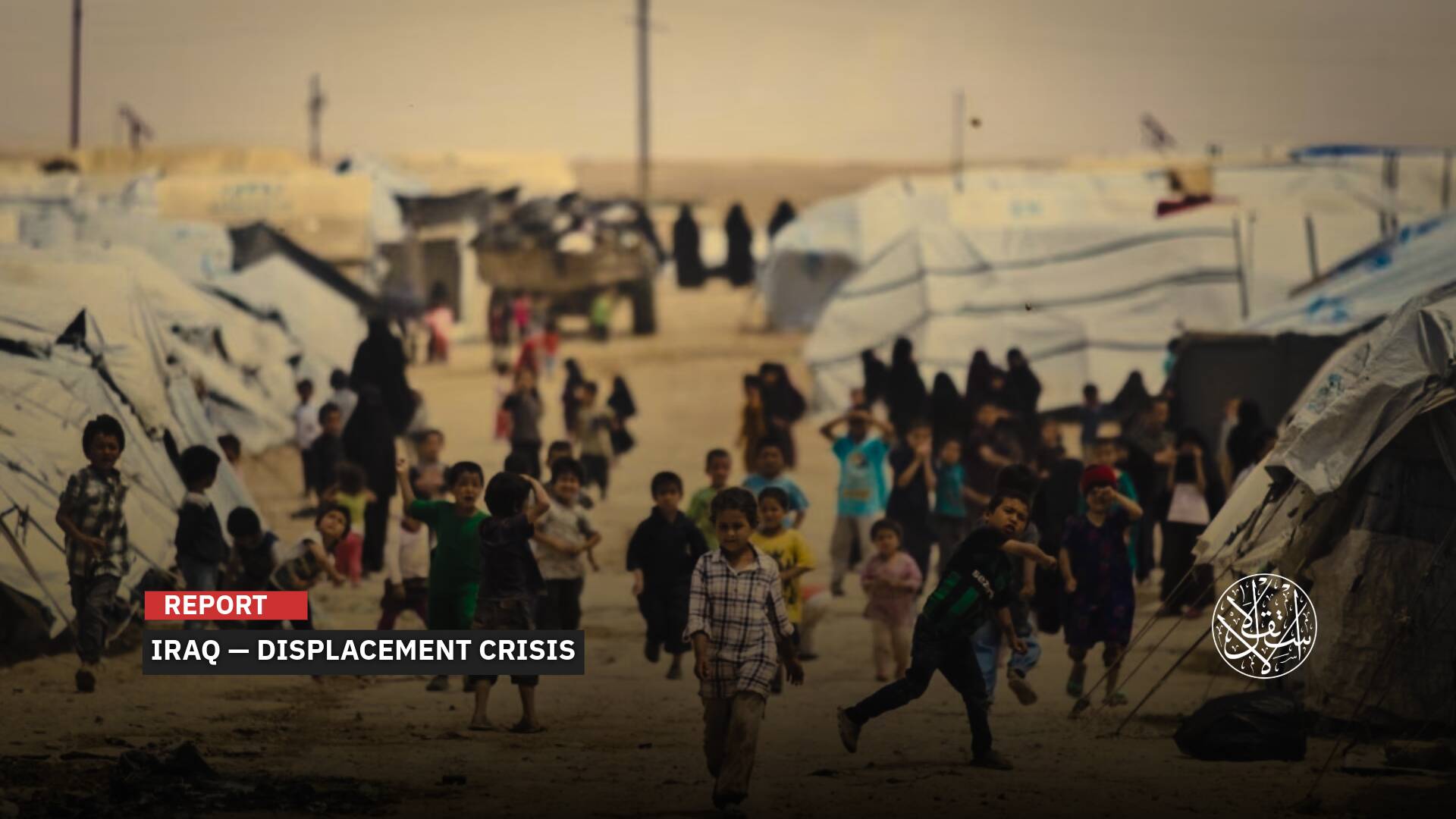'A New Gaza': How Did Jenin Camp Become a Symbol of Resistance in the West Bank?

The Jenin Palestinian refugee camp has returned to the forefront of military action 20 years after the Israeli occupation’s biggest attack on it to root out the resistance that has raged since the Al-Aqsa Intifada in 2000.
From April 3 to 18, 2002, the Israeli army, with tanks, bulldozers and aircraft, stormed the camp and completely destroyed about 100 buildings and others, such as those partially damaged.
An estimated 800 families, numbering more than 4,000 people, lost shelter in the operation known as the "defensive wall."
According to a UN report issued at the time, the occupying forces committed "arbitrary torture, arrests and unlawful killings and prevented treatment and medical assistance."
In the attack, the Israeli army killed at least 52 Palestinians, almost half of them civilians, but with 23 bodies of its soldiers, and from that time the Jenin camp was referred to as a symbol of resistance in the West Bank.

Existing Legacy
The return of tension came after six prisoners escaped from the Israeli occupation's Jalboa prison in September 2021, when dozens of resistance fighters deployed and declared their readiness to confront the protection of fleeing prisoners.
Palestinian factions formed what they called the camp's "joint operations room," and for the first time in years included military wings affiliated with the movements: Fatah, the Islamic Resistance Hamas and Islamic Jihad.
Weeks later, however, the fleeing prisoners were recaptured, and a campaign of arrests and liquidations of resistance fighters from the camp began to this day.
On April 9, 2022, the Palestinian Prisoners' Club said that since early 2022, Israeli occupation forces had arrested some 200 citizens from Jenin province, half of them in March.
Of the 4,500 prisoners currently held in the occupation prisons, some 500 are in Jenin province, according to the same source.
Jenin rose up again following an operation carried out by a young man from the camp, Raad Hazem, in Tel Aviv on the evening of April 7th, killing three Israelis and injuring more than 10 others.
Fathi Hazem, the martyr's father, refused to comply with orders from Israeli occupation officers to turn himself in at Salem camp west of the city by telephone on April 9th for the second time.
The occupying forces then invaded Jenin camp to arrest him and family members under the pretext of helping his son carry out the operation, but the attempt to capture them failed as a result of violent armed clashes in the area.
The occupation tried to storm Jenin camp more than once in April, but faced fierce resistance, including the martyrdom of a number of Palestinians.
In the face of the failure of the continuing attempts, Israeli Occupation Army Minister Benny Gantz issued a package of resolutions on the evening of April 9th after a session following security tensions, most notably the denial of entry and exit of the 48 Palestinians to and from Jenin, whether on foot or through vehicles.
In accordance with the resolutions issued, Jenin merchants were also prevented from entering the occupied territories of the interior in 1948.
The Israeli decision means that 5,000 Palestinians will be denied access to their families on both sides of the 48 territories between residents of Jenin governorate and the interior.
The Israeli occupation prison administration also prevented Jenin residents from visiting their relatives in detention for security reasons.
'Mini' Gaza
Since its establishment, refugee camps have been a source of concern for the Israeli occupation, particularly the Jenin refugee camp, which for Palestinians has become a symbol of resistance.
"The Jenin camp is not only critical for Israel but also for the Palestinian Authority itself, which has so far been unable to control it," Yedioth Ahronoth says.
"The growing strength of militants in Jenin camp was caused by the expansion of arms trafficking from Israel to the West Bank through gaps in the separation wall," she said in an April 11th report, claiming that the majority of the weapons had entered him from Umm al-Fahm.
The newspaper described the camp as a "time bomb" and a "new Gaza," after the militants understood the Israeli occupation's working mechanisms and copied the experiences of the besieged Gaza Strip.
"Palestinian factions, particularly Hamas and Islamic Jihad, are conducting military exercises in the camp, and Israeli army forces trying to enter it are facing resistance by firing and setting up explosive devices, which is not conducted in any other camp in the West Bank," it said.

According to Hebrew media, the "national awakening" in Jenin camp is the strongest in more than two decades, but it was not surprising, especially since the camp is a fertile environment for military action.
In October 2021, writer Elior Levy said Jenin was "a mini-Gaza that performs military parades aimed at intimidating Israel."
He added in an article in Yedioth Ahronoth that it was not certain whether the explosive belts worn by the militants in the last parade (the same month) were packed with explosives, but in this case the message was important.
"We warn the Zionist enemy not to do foolish work and enter the camp because we are ready," the masked men said at the time.
Threats of guerrilla operations have returned to the Jenin refugee camp, which has become one of the greatest symbols of the second intifada.
The author claims that the local aura of militants in the Palestinian public has faded over the years, but the legacy of the camp remains.
The sequence of events in the Jenin area over the past months has led residents to feel that the place has gone back 20 years.
Why Jenin?
Jenin camp, one of 19 Palestinian refugee camps in the West Bank, is run by UNRWA.
Founded in 1953 within the boundaries of Jenin municipality, most of its population comes from the Carmel area of Haifa and the Carmel Mountains, within the occupied territories in 1948.
It covers an area of 473 dunums and is inhabited by 12,000 Palestinian refugees, most of whom (8,500) are under the age of 40, i.e. young people, while the unemployment rate among the camp's youth is high at 35 percent.
Author Elior Levy points out that with the end of the second intifada and the rehabilitation of the Palestinian Authority, the militants in the refugee camps began to feel completely ignored, which the Israeli occupation believes contributed to their revolutionary situation.
But Palestinians do not associate the rare resistance in the West Bank with the economic situation, as much as they believe that the revolutionary situation formed in the camp at the 2002 Battle of Jenin is behind it.
This situation deepens further because of its unitary dimension, as the joint room inside the camp consists of elements of The Islamic Jihad, Hamas and Fatah, which calls itself the Al-Aqsa Martyrs Brigades, although this military wing no longer exists.
The insistence of Fatah elements stems from their desire to re-establish the Fatah revolutionary movement before the Palestinian Authority engages in security coordination and cooperation with the occupation.
"The common denominator between these factions is the hatred of the Palestinian Authority and its institutions and the desire to fight Israel in every way," Levy said.
"Over the past months, the security services of the Authority have tried hard to establish control of Jenin camp through a large and large operation planned for months, but they also quickly understood that the camp was too large, and the operation was completed with very little success," he added.
One of the reasons for this revolutionary situation, according to the Hebrew website N12, is the large number of weapons that can be found in the camp.
According to some estimates transferred from the camp in August 2021, the site has at least 5,000 weapons, "an unprecedentedly large amount of guns."
"The truly unified identity of the armed factions is their identity as members of Jenin camp, which is expected to respond even by shooting at the Israeli army when they enter there," he said.


